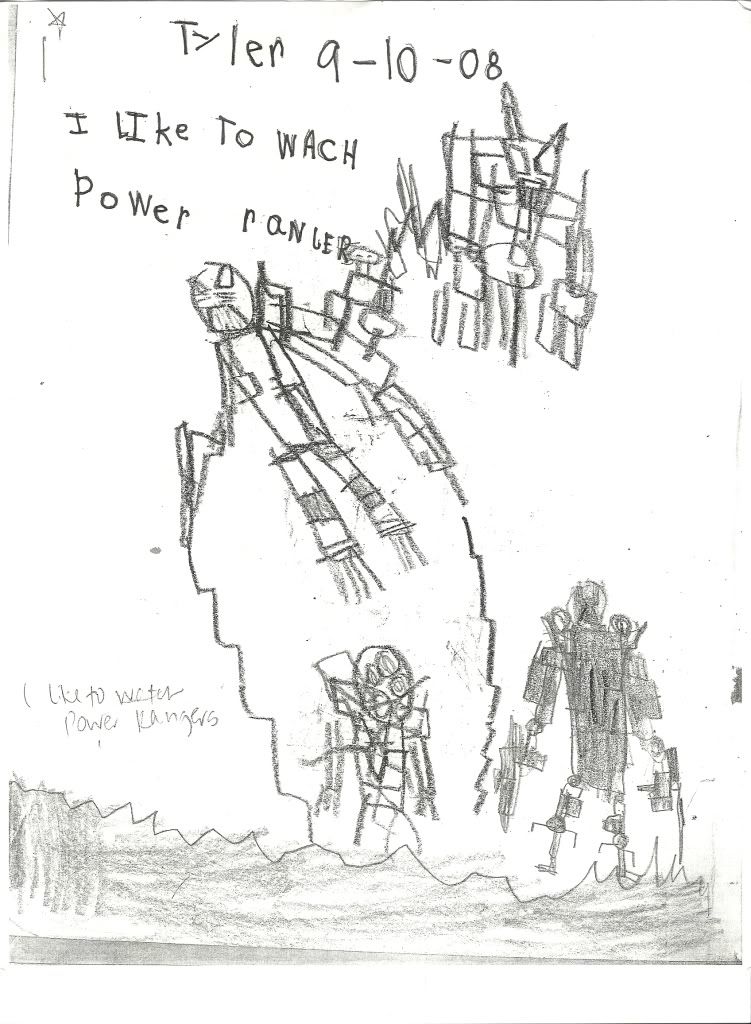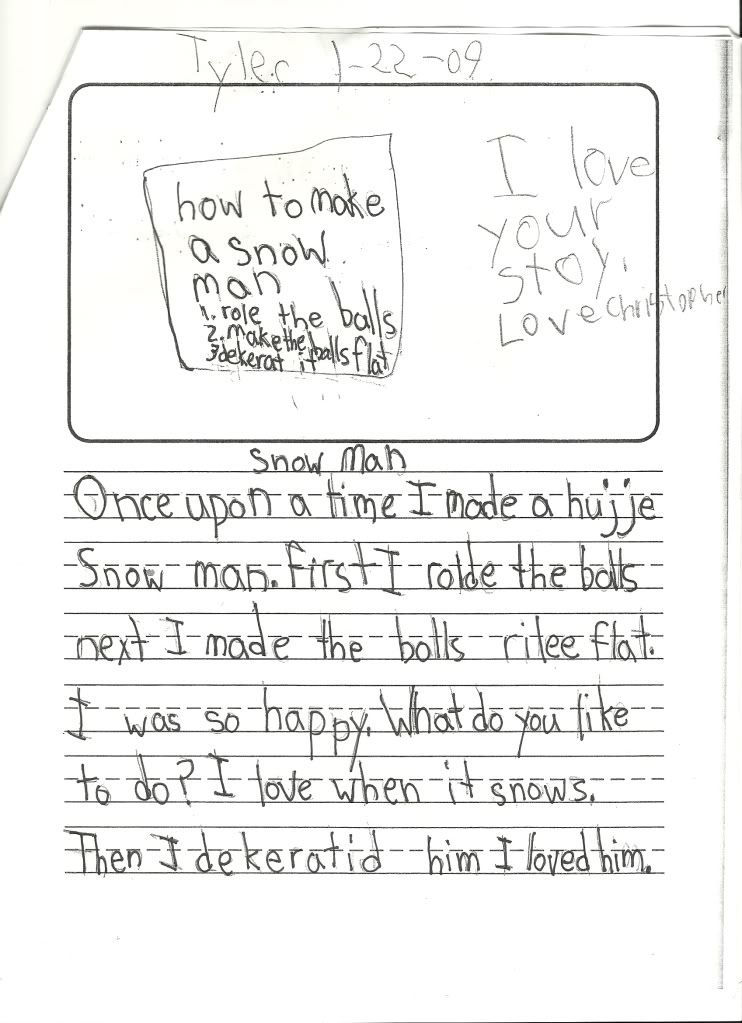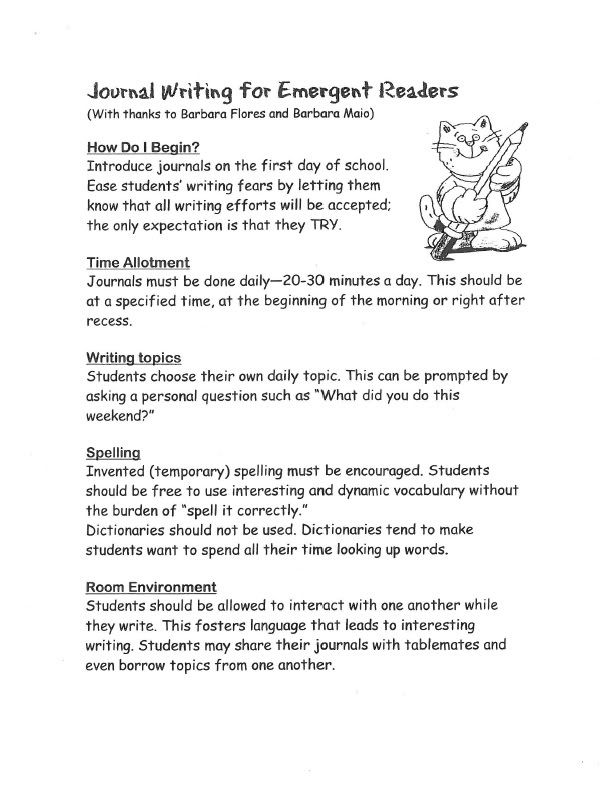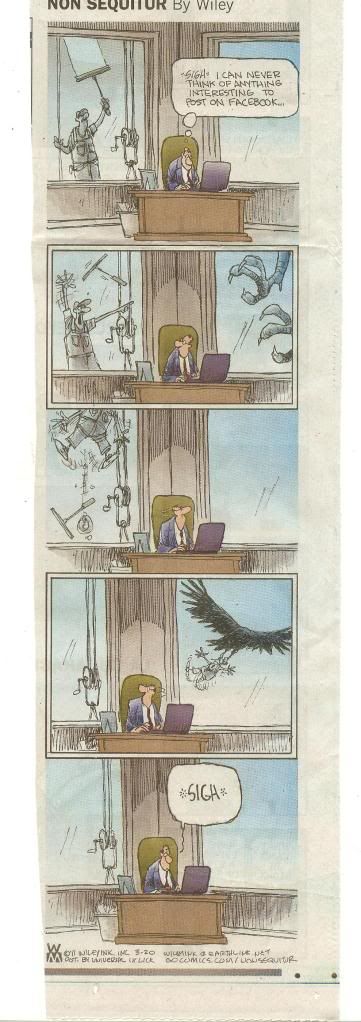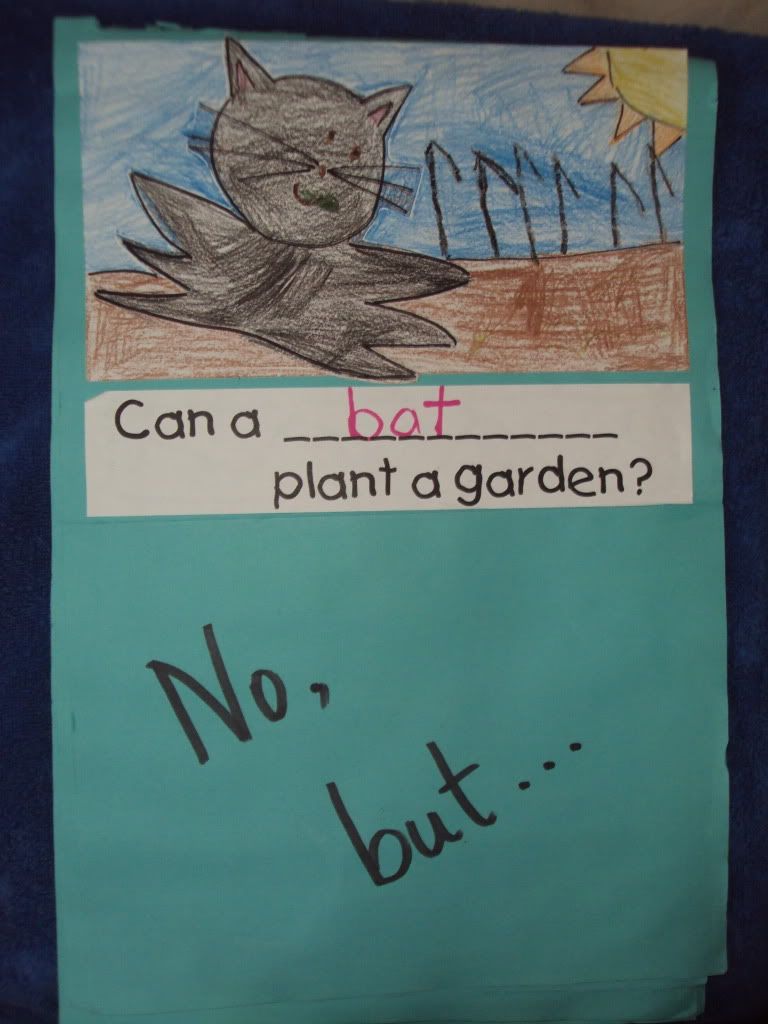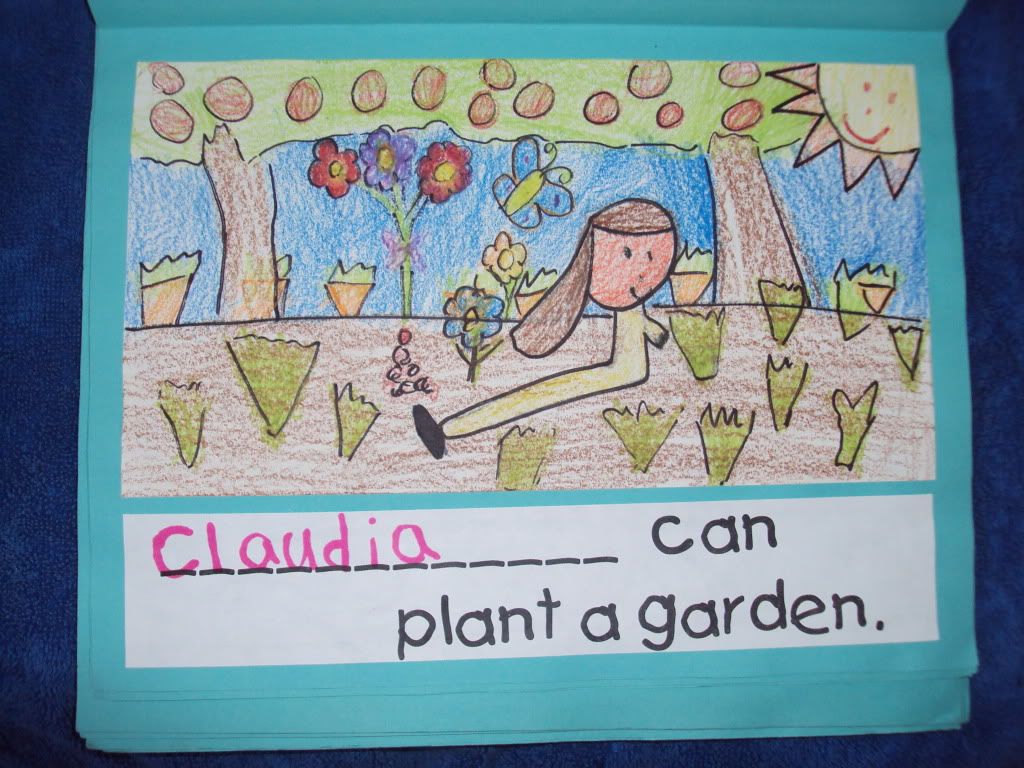Monday, January 16, 2012
Highly Effective Teachers
"Highly effective teachers, as Stanford education professor Linda Darling-Hammond points out, need a vision, a theoretical foundation, deep content knowledge, a variety of teaching strategies and effective classroom management. And that's even before addressing the interpersonal skills that so define the memorable teachers that touched our lives and made us the people we are today." Desiree Zamorano
Friday, January 13, 2012
What Teachers Say about Daily Journal Writing
A teacher friend sent me a great article from http://www.educationworld.com/
It starts:
One of the best things about daily journal writing is that it can take so many forms. Teachers can use journal writing to meet specific goals, or the purpose can be wide open. . . . Some teachers use journals as the one "uncorrected" form of writing that students produce.
To read more and learn about WRITING MOTIVATORS THAT WORK FROM TEACHERS WHO USE THEM, click on the link below or just google "Journal Writing Every Day."
http://www.educationworld.com/a_curr/curr144.shtml
Also, check out my previous posting for even more journal writing ideas!
It starts:
One of the best things about daily journal writing is that it can take so many forms. Teachers can use journal writing to meet specific goals, or the purpose can be wide open. . . . Some teachers use journals as the one "uncorrected" form of writing that students produce.
To read more and learn about WRITING MOTIVATORS THAT WORK FROM TEACHERS WHO USE THEM, click on the link below or just google "Journal Writing Every Day."
http://www.educationworld.com/a_curr/curr144.shtml
Also, check out my previous posting for even more journal writing ideas!
Wednesday, January 11, 2012
Journal Writing for Emergent Readers
I'm a huge fan of daily journal writing starting the first day of school in Kindergarten! Below is a sample of a kindergartner's writing in a classroom where journal writing is valued and is an important part of the day. The first sample shows Tyler's writing on the very first day of school. The next sample shows a page from his journal just 4 months later.
For some great tips on getting started in your primary classroom, download the following 2 page reproducible and share it with your team. Have fun with your new little writers! You will be amazed at their progress.
For some great tips on getting started in your primary classroom, download the following 2 page reproducible and share it with your team. Have fun with your new little writers! You will be amazed at their progress.
Click image to download
this reproducible.
Monday, November 21, 2011
Tips for Traveling with Tots
Here are some thoughts as we approach the busiest travel day of the year!!
While I acknowledge that all the fun electronic stuff can be life-savers at times, please remember that there are many great ways to engage young children during those special times you share en route that will also boost their learning and thinking skills as well as nurture closer bonds.
Planes, Trains, . . .
Air travel can be challenging for anyone these days and more so with the little ones along. Be prepared!
* Pack a bag for your child with lots of goodies. Include snacks--healthy treats as well as a few of your child's favorite ones to pull out when needed as a diversion. Bring sippy cups and continually fill them with water or juice.
* Bring books--and lots of them! Bring books that your child can read on his/her own as well as some new read-alouds. Bring a few activity books with crosswords and other puzzles, as well as self-contained craft kits, card games, paper and crayons. Bringing a travel journal is also a lovely idea.
* Bring a few toys, including a favorite "huggable," as well as a few small new toys. Wrap every new item like a little present. The act of opening them will take time and enhance small motor skills.
. . . and Automobiles
Car trips can be a little easier on little ones, since you can stop frenquently and let them run around a bit. Along with the items listed above, books on tape are a wonderful activity for kids in the car. Listen along as well, so you can discuss the story and encourage your child to make predictions on what will happen next. When a child listens to a story, they have to create a picture in their mind of what is going on. This is a powerful way to build comprehension skills. That's why you should intersperse movie watching with books on tape when you're on the road. I also highly recommend music videos and CD's. Music accesses and stimulates different parts of the brain.
Friday, November 11, 2011
Ideas to Get Kids Writing
Need a writing idea? Just look around you!
When I visit classrooms and talk to kids about their writing,
I always tell them, "Look around you. No one sees the world just like you do!"
Encourage children to think of as many different writing topics as possible. Below is a reproducible that they can use to record their thoughts and ideas. Have students put the lists of ideas in their writing folders or notebooks to have access to ideas whenever they run dry, like the poor chap in the cartoon above!
Click image to download
this reproducible.
For more ideas for writing, click on this link to one of my previous postings:
Friday, September 30, 2011
Make This Class Book!
My friend, Barbara Maio, helped her students create a class Big Book
based on the text of my book, Who Can Go to School?
 |
| Who Can Go to School? |
First, the students brainstormed a long list of things children can do at school and at home too. The list included classroom jobs and learning activities. Then each child created two pages for the class book.
Other pages included these innovations to the text of the book above:
Can a giraffe play at recess?
No, but Josue can play at recess.
Can an elephant pass out paper?
No, but Max can pass out paper.
Can a hippo write in a journal?
No, but Kaila can write in a journal.
Tuesday, August 23, 2011
Bookmaking with K-1 Kids, Part 3 * Practice reading the books before sending them home.
Never send student-made books home unless children can read them with 99% accuracy. Here are some ways to practice reading the text:
* Place the little books in students' book boxes for independent reading time.
* Pocket chart or Smart Board Activities
* Create a Big Book version for shared reading.
*Buddy reading
* Record the stories for a listening center.
Here's my version of that iconic 1st grade story, "The Little Red Hen." Make sure you check out an acompanying book-making activity with free down-loadables. Also fits well with the tale, "Stone Soup."
 |
| Little Red Hen Makes Soup Hints: Staple a snack size zip-loc bag to the book cover. Add the manipulative pieces along with a plastic soup with a small stone glued inside it. The spoon can be used as a reading pointer and to "stir up" the ingredients as they are added to the "pot." |
Click image to download this reproducible.
Subscribe to:
Posts (Atom)

